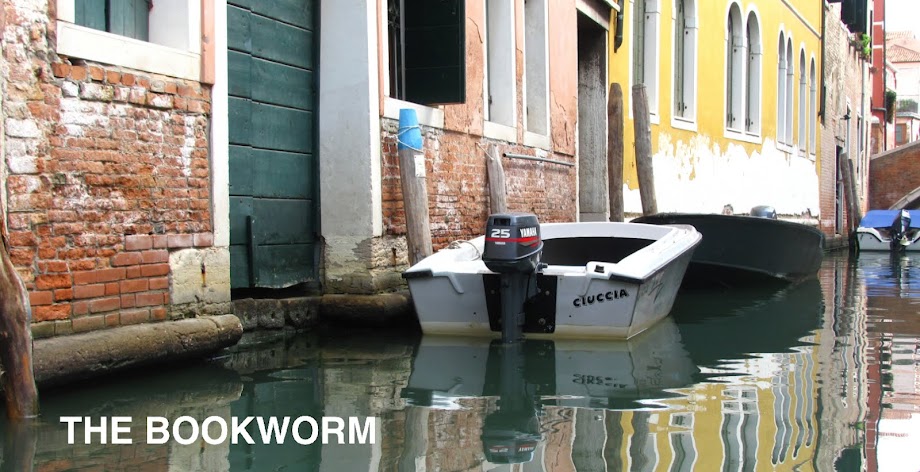 Species identified:
Species identified:
1. Daisy
2. Creeping buttercup
3. White clover
4. Selfheal
5. Dandelion
6. Red clover
7. Autumn hawkbit
8. Weeping willow
9. Horse chestnut
10. Sycamore
11. Alder
12. Elder
Rules of 100 Species Challenge
Previous posts
Our favourite place for a nature walk is Stockgrove Country Park. The habitat is very mixed, with ancient woodland, conifer plantations, a lake (originally ornamental), areas that are being restored to the original heathland, and open grassland. That means there are many, many plant species to spot. It is about three miles away, so I'm sure qualifies as being in walking distance, though I don't think I have ever actually walked there. Maybe I should. I took a load of photos there today. Some were of species I recognise, and others I still need to identify. It will take me a while to post them all. I'm starting today with two common English trees with rather similar names: alder and elder.
Scientific name: Alnus Glutinosa
Family: Betulaceae
Alder is a native British tree that grows in damp places - the tree in my photo was right on the edge of the lake. Like clover, alder is a nitrogen fixer, allowing it to grow even by stagnant water and to improve the soil around it. The tree has quite different female and male catkins. The males look like typical catkins, but the females are like tiny cones. I was pleased that I managed to capture both together in my photo - female bottom right corner and on the left, by the large leaf, and male lower centre-right.
Warm alder leaf poultices are traditionally used for swellings and wounds. They are anti-inflammatory, astringent, and help to stop bleeding. Leaves were often put into boots and shoes to relieve aching feet. The dried bark also has a number of medicinal uses, from treating stomach problems, to a gargle for sore throats - the bark must be dried as fresh it causes vomiting.
Alder wood is creamy in colour when cut, but becomes reddish when worked. It is light and easy to turn, with traditional uses ranging from clogs to chairs and cigar boxes.
Information: The-Tree.org.uk
Scientific name: Sambucus nigra
Family: Caprifoliaceae
One of my favourite soft drinks is sparkling water with elderflower, so I am predisposed to like this tree. Elderflower cordial and elderberry wine are also pretty good. Every year I decide I ought to go out and collect elderflowers to make my own cordial, but so far I have never done it. I'm not so sure about the idea of frying the flowers in batter to make elderflower fritters. That sounds rather less appealing.
Elder wood is believed to have been used to make the Cross on which Christ was crucified ... and by a strange coincidence I am posting this on the Feast of the Triumph of the Cross. Elder is also reputed to be the tree from which Judas hung himself after his betrayal of Jesus. Superstition says that elder should not be bought inside a house, but planted outside it provides protection against witchcraft. It should also not be burnt - a logical superstition as the wood spits violently ("the Devil spitting down the chimney"). If you stand under an elder tree on Midsummer Eve, it is said you will see the king of the fairies ride by.
I found this poem at Legendary Dartmoor
Elder
Feigns death in winter, none lives better,
Chewed by cattle springs up stronger;
and odd Personal smell and unlovable skin;
Straight shoots like organ pipes in cigarette paper.
No nurseryman would sell you an Elder
'not bush, not tree, not bad, not good',
Judas was surely a fragile man
To hang himself from this 'God's stinking tree'.
In summer it juggles flower-plates in air,
Creamy as cumulus, and berries, each a weasel's eye of light.
Pretends it's unburnable (Who burns it sees the Devil),
cringes, hides a soul of cream plates,
purple fruits in a rattle of bones,
A good example.
P.J.Kavanagh
Elder has a number of medicinal uses. The leaves can be used to make an ointment for bruises, sprains and wounds; a poultice made from bark is used for headaches; elderflower water made from the flowers is supposed to whiten skin and remove freckles; elderberry teas and cordials are a remedy for coughs and colds (this may be because the berries are high in vitamin C). The berries can also be used to make black hair dye.






1 comment:
A friend of my m-i-l sent me a recipe for elderflower cream for children's eczema, which she says worked really well for her children. Sadly it didn't do quite so well for mine, but was worth a try.
Post a Comment